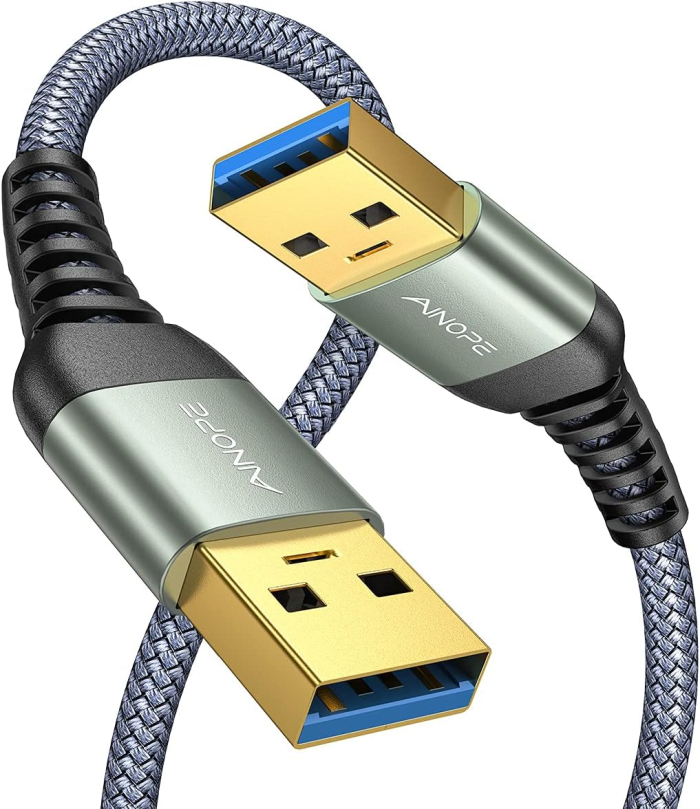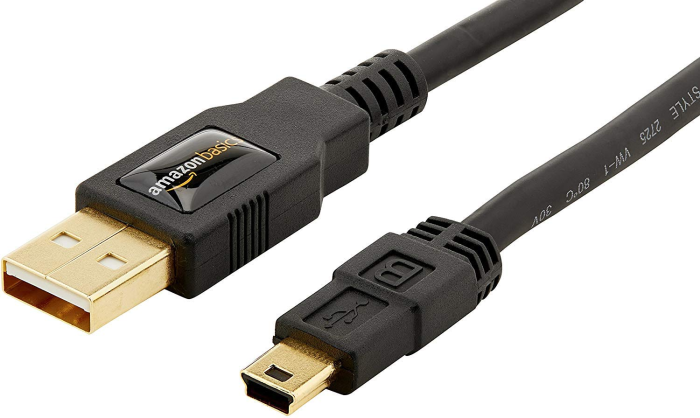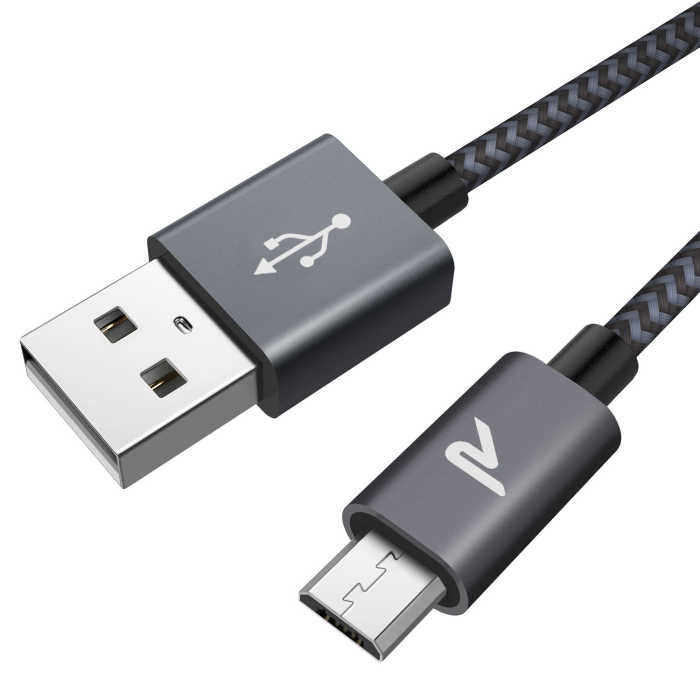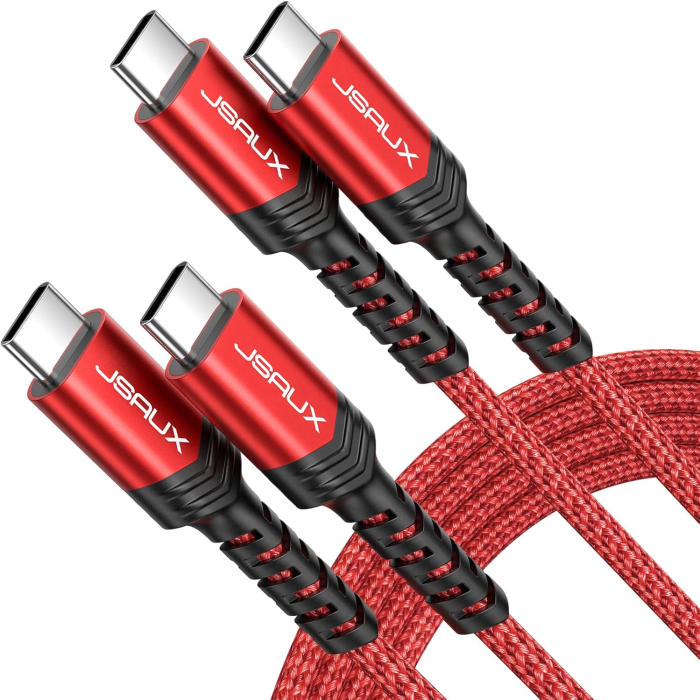We are influencers and brand affiliates. This post contains affiliate links, most which go to Amazon and are Geo-Affiliate links to nearest Amazon store.
Universal Serial Bus (USB) cables are everywhere—from charging your phone to connecting printers, cameras, external hard drives, and even game controllers. But not all USB cables are the same. Over the years, several types have been introduced, each with unique shapes, speeds, and purposes. Knowing which type of cable you have—or need—can save you from the frustration of mismatched connections or slow transfers.
In this article, we’ll dive into the most common types of USB cables, explain their typical uses, and show you what each looks like so you can identify them easily.
USB Type-A

If you’ve ever plugged something into your computer, you’ve most likely used a USB Type-A connector. This is the standard rectangular plug we’ve all seen.
Typical Uses:
- Connecting peripherals like keyboards, mice, and printers
- Flash drives and external hard drives
- Gaming controllers and hubs
Despite being one of the oldest formats, Type-A is still widely used today. However, its limitation is that it can only be inserted one way, which has led to some very relatable struggles of flipping it multiple times before it finally goes in.
USB Type-B

USB Type-B connectors are larger and often square-shaped. You’ll usually find them on the other end of a cable that connects to devices like printers or older external hard drives.
Typical Uses:
- Printers and scanners
- Audio interfaces and older external storage devices
While less common today, Type-B still shows up in professional equipment. It’s a bulkier connector that ensures a strong, reliable link for devices requiring stable connections.
USB Mini-B

Before smartphones had Micro-USB and Type-C, many used Mini-B connectors. These are smaller than Type-B and were widely adopted in early digital cameras, GPS units, and portable hard drives.
Typical Uses:
- Digital cameras
- GPS navigation devices
- Early MP3 players and portable drives
Mini-B is largely obsolete now, but you’ll still find it in some older gadgets. If you’ve got a drawer full of legacy devices, you probably still own one of these cables.
USB Micro-B

Micro-B replaced Mini-B and quickly became the standard for smartphones and portable electronics throughout the 2010s. The Micro-B design is flatter and slimmer, making it perfect for compact devices.
Typical Uses:
- Android smartphones (before USB-C took over)
- External portable hard drives
- Bluetooth headphones and older e-readers
Micro-B had its moment, but its one-directional design and fragile connectors made it prone to wear. Today, it’s being phased out by the much more durable and reversible USB Type-C.
USB Type-C

The new standard. USB Type-C is small, reversible (you can plug it in either way), and incredibly versatile. Many modern devices, from phones to laptops, have adopted USB-C as the universal connector.
Typical Uses:
- Charging smartphones, tablets, and laptops
- High-speed data transfer and video output (supports HDMI and DisplayPort via adapters)
- Docking stations and external drives
What sets USB-C apart is its ability to handle more power and faster data speeds, making it the future of USB. In fact, the European Union has already mandated USB-C as the standard charging port for portable electronics moving forward.
USB 3.0, 3.1, and 3.2 (Blue Connectors)
USB 3.0 (and its successors, 3.1 and 3.2) aren’t about connector shape but about speed. These cables often look identical to USB Type-A or Type-B but have blue-colored inserts or extra pins.
Typical Uses:
- Fast data transfer for external hard drives and SSDs
- High-speed connections for video capture devices and webcams
- Gaming consoles and accessories requiring quick transfers
The jump from USB 2.0 to 3.0 was huge, taking speeds from 480 Mbps to 5 Gbps. Later versions pushed this up to 20 Gbps, making them essential for anyone transferring large files regularly.
Lightning vs. USB (Special Note)
Although not technically USB, Apple’s proprietary Lightning cable deserves a mention. It functions similarly to USB-C, being reversible and compact, but it only works with Apple devices like iPhones and some iPads. Adapters often convert Lightning to USB-C or USB-A for compatibility.
Specialty Connectors (Micro-B SuperSpeed & USB On-the-Go)
- Micro-B SuperSpeed: Seen on some external hard drives, featuring a wider, two-part design for faster speeds.
- USB On-the-Go (OTG): Allows smartphones and tablets to act as hosts, connecting directly to USB flash drives, keyboards, and even game controllers.
These niche connectors are less common but worth knowing about if you deal with external storage or mobile devices.
Choosing the Right Cable
When buying or using a USB cable, consider:
- Compatibility – Does it fit your device’s port?
- Speed – Do you need USB 2.0 or USB 3.0+ for faster transfers?
- Power – Are you charging a phone or powering a laptop? USB-C can deliver up to 100W, while older cables cannot.
Using the wrong cable won’t usually damage your device, but it could mean slower charging or sluggish file transfers.
Conclusion
USB cables might look like a mess of confusing shapes and names, but they all serve a simple purpose: connecting and powering our devices. From the trusty Type-A that started it all to the powerful, future-proof Type-C, each generation has brought us closer to universal compatibility.
The next time you’re digging through a drawer full of cables, you’ll know exactly what each one is for—and which to keep or toss.
We are influencers and brand affiliates. This post contains affiliate links, most which go to Amazon and are Geo-Affiliate links to nearest Amazon store.

My name is Alice and I have been into gaming since I first got the Nintendo 64 in late 1996 and enjoy writing about all things relating to entertainment, gaming and streaming. Lately you can find me playing mostly MMO’s like WoW, FFXIV or Black Desert Online when I have time to game.
